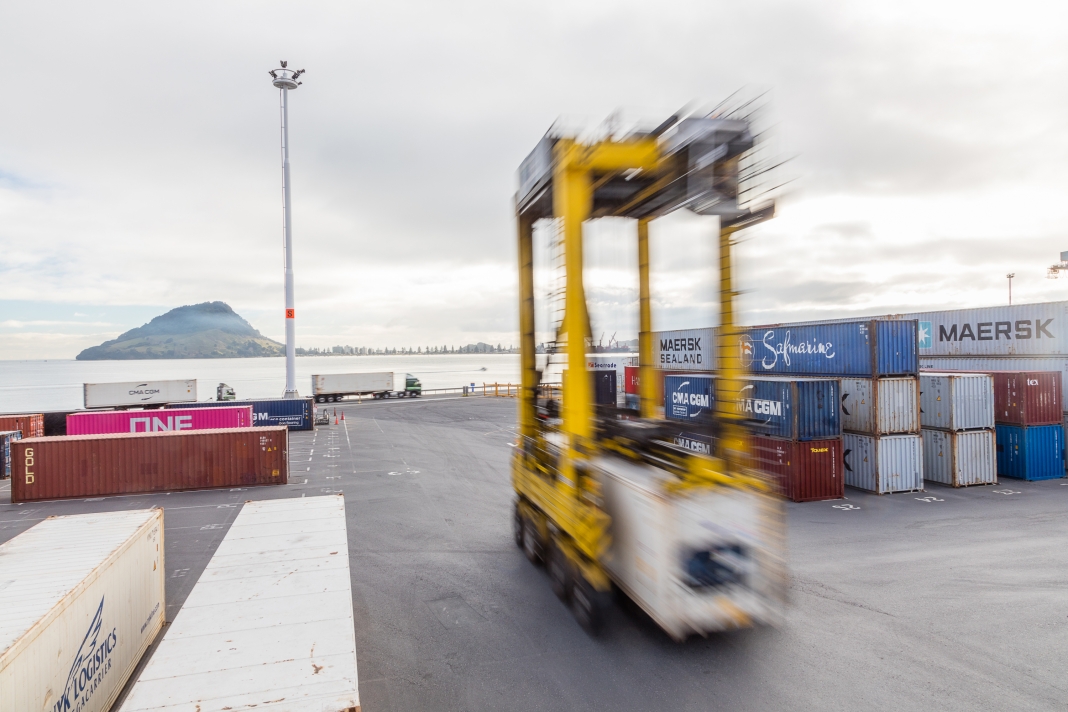Port aims at low emissions future
Port of Tauranga is investing in technology to improve fuel efficiency and reduce carbon emissions.
“One of the key markers is the 10% reduction in our carbon emission intensity since 2018, that is the amount of emissions per tonne of cargo,” says CEO Leonard Sampson.
Total emissions for the 2022 financial year alone were down 2.1% and several initiatives have underscored this success.
These include a waste minimisation project, diverting waste from landfill into recycling and reuse.
Other projects helping reduce the port’s carbon footprint include reducing the use of diesel generators operate to power refrigerated containers (reefers), thanks in part to a major investment in electrical infrastructure.
The port’s modern fleet of electric gantry cranes can also partially power their own motors through regenerative charging, and also make surplus power available for other uses portside.
Future automation plans will also make a significant dent in emissions, with the efficient robotic systems claiming to produce about 75% the emissions of conventional diesel machines.
Efforts to expand the port to cope with larger ships has also bought its own environmental upside. Larger vessels produce fewer emissions per tonne of cargo. The Port also promotes rail use over road transport, with about half of all cargoes coming in and out of the port via rail.
Meanwhile, the government’s commitment of $30 million for coastal shipping through the national land transport programme has been welcomed by Port of Tauranga as playing a valuable role in helping reduce domestic emissions from the transport sector. Coastal shipping produces fewer emissions than land transport alternatives.
But when it comes to looking after the environment, it is not only about treading lightly, it is also about keeping out unwelcome intruders.
As the gateway to more than 9 million tonnes of imports a year, Port of Tauranga staff know the big role they have in identifying biosecurity threats.
The Port of Tauranga Biosecurity Excellence Partnership educates port users on what to look for and how to respond if they see evidence of bugs.
As a signatory to the Biosecurity Business Pledge, the port works hard to share knowledge and collaborate on better biosecurity measures to protect the country’s valuable primary export sector. The company also supports the Tauranga Moana Biosecurity Capital initiative, which seeks to raise biosecurity awareness in the community outside the port.
The port is committed to working closely with local iwi to help improve local ecosystems and kaimoana sources.
This has included a pipi research programme on coastal ecosystems and some major wetland restoration work that includes establishing a whitebait spawning ground in Kopurererua, the urban stream that flows into the harbour in the city.
Leonard Sampson says the port has also focused on air and water pollution prevention.
A five-fold increase in wharf sweeping, an extensive network of wind fences and better cargo handling have been instrumental in reducing dust by 16% in the past two years.
The port has installed 640 additional metres of wind breaks in the past year. Wind limits are enforced for certain dust-generating activities.




